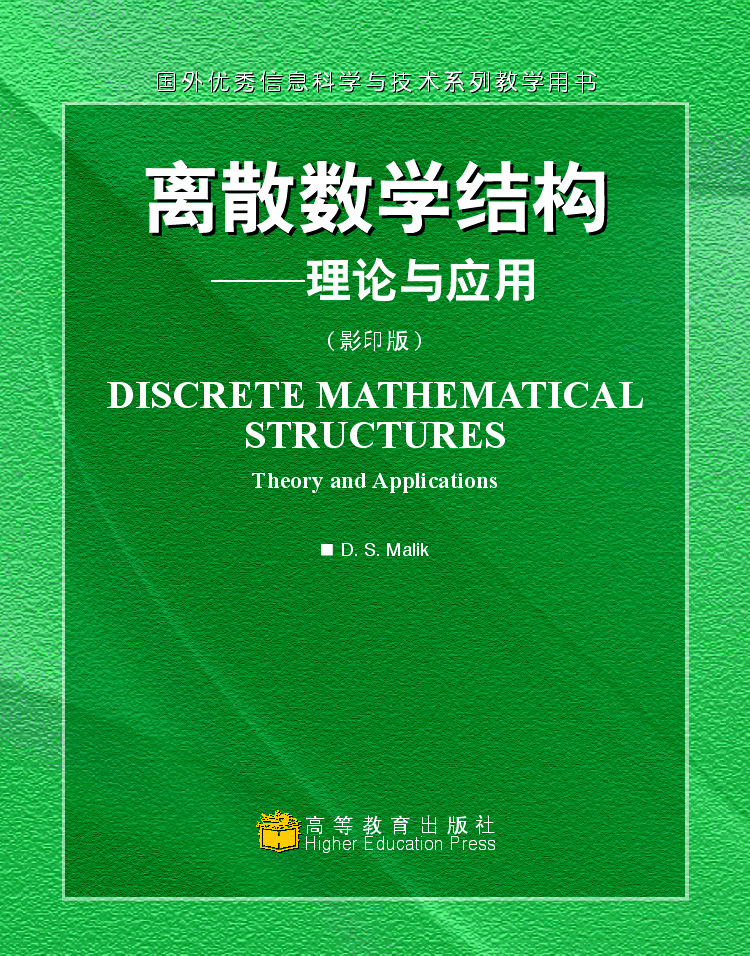国际金融——理论与实务(第2版)(英文吧) / 金融专业英语系列教材
¥49.00定价
作者: 李莉,刘克
出版时间:2014-11
出版社:北京语言大学出版社
- 北京语言大学出版社
- 9787561937471
- 54879
- 2014-11
- F831
内容简介
国际金融是国际经济学中国际金融的有关理论与外汇银行具体外汇业务相结合的一门学科。由李莉、刘克编著的《国际金融——理论与实务(第2版金融专业英语系列教材)》是一部纯英文的教材,我们在力求准确表述作者思想的同时,又尽可能按中文的习惯在叙述一些难解的概念和理论问题时尽量采用由浅入深、数字说明的方法,力求做到简洁明了和条理清楚。
目录
Chapter 1 The Balance of Payments
1.1 Accounting Principles
1.2 Balance-of-Payments Structure
1.3 Classifications of Transaction
1.4 Balance-of-Payments Equilibrium
Summary
Chapter 2 Balance-of-Payments Adjustment and Determinants of the Balance of Trade and Payments
2.1 BOP Adjustments under Fixed Exchange Rates
2.2 Determinants of Balance of Trade and Payments
Summary
Chapter 3 International Monetary System
3.1 The Gold Standard Era, 1870-1914
3.2 The Inter-War Period, 1919-1939
3.3 The Bretton Woods Period, 1946-1971
3.4 The Floating Rate Period, 1971 to Present
3.5 Optimum Currency Areas and the EMS
3.6 The Euro
Summary
Chapter 4 Exchange-Rate Systems
4.1 Foreign Exchange-Rate Practices
4.2 Fixed Exchange-Rate System
4.3 Flexible Exchange-Rate System
4.4 Hybrid Exchange-Rate System
4.5 Adjustable Pegged Rates
4.6 The Crawling Peg
4.7 Exchange Controls
4.8 Currency Boards
4.9 Dollarization
Summary
Chapter 5 Foreign-Exchange Market and Financial Derivatives
5.1 Understanding the Foreign-Exchange Market
5.2 Spot Market
5.3 Financial Derivatives
5.4 Foreign-Exchange Market Speculation
Summary
Chapter 6 Exchange Rates, Interest Rates, and Interest Parity
6.1 Interest Parity
6.2 Interest Arbitrage
6.3 Interest Rates and Inflation
6.4 Exchange Rates, Interest Rates, and Inflation
6.5 Expected Exchange Rates and Term Structure of Interest Rates
Summary
Chapter 7 Foreign-Exchange Risk and Forecasting
7.1 Foreign-Exchange Risk
7.2 Foreign-Exchange Forecasting
Summary
Chapter 8 Exchange-Rate Determination
8.1 Exchange-Rate Determination--A Free Market
8.2 Prices and Exchange Rates; Purchasing Power Parity
8.3 The Asset Approach
8.4 Equilibrium Approach
Summary
Chapter 9 Import and Export Financing
9.1 Institutions
9.2 Financing International Trade
9.3 Nontraditional Trade Finance
9.4 An Example of Trade Financing
Summary
Chapter 10 Financial Management of the Multinational Enterprises
10.1 Portfolio Diversification
10.2 Transfer Price
10.3 Home Bias in International Investment
10.4 International Investment Opportunities
10.5 Direct Foreign Investment
10.6 Capital Flight
10.7 Capital Inflow Issues
10.8 Capital Budgeting
Summary
Chapter 11 International Banking: Reserves, Debt, and Risk
11.1 Nature of International Reserves
11.2 International Lending Crisis
Summary
Chapter 12 Macroeconomic Policy in the Open Economy
12.1 Economic Objectives of Nations
12.2 Policy Instruments
12.3 Policy Effects
12.4 Internal and External Macroeconomic Equilibrium
12.5 Monetary Policy under Fixed Exchange Rates
12.6 Fiscal Policy under Fixed Exchange Rates
12.7 Monetary Policy under Floating Exchange Rates
12.8 Fiscal Policy under Floating Exchange Rates
12.9 International Policy Coordination
Summary
References
1.1 Accounting Principles
1.2 Balance-of-Payments Structure
1.3 Classifications of Transaction
1.4 Balance-of-Payments Equilibrium
Summary
Chapter 2 Balance-of-Payments Adjustment and Determinants of the Balance of Trade and Payments
2.1 BOP Adjustments under Fixed Exchange Rates
2.2 Determinants of Balance of Trade and Payments
Summary
Chapter 3 International Monetary System
3.1 The Gold Standard Era, 1870-1914
3.2 The Inter-War Period, 1919-1939
3.3 The Bretton Woods Period, 1946-1971
3.4 The Floating Rate Period, 1971 to Present
3.5 Optimum Currency Areas and the EMS
3.6 The Euro
Summary
Chapter 4 Exchange-Rate Systems
4.1 Foreign Exchange-Rate Practices
4.2 Fixed Exchange-Rate System
4.3 Flexible Exchange-Rate System
4.4 Hybrid Exchange-Rate System
4.5 Adjustable Pegged Rates
4.6 The Crawling Peg
4.7 Exchange Controls
4.8 Currency Boards
4.9 Dollarization
Summary
Chapter 5 Foreign-Exchange Market and Financial Derivatives
5.1 Understanding the Foreign-Exchange Market
5.2 Spot Market
5.3 Financial Derivatives
5.4 Foreign-Exchange Market Speculation
Summary
Chapter 6 Exchange Rates, Interest Rates, and Interest Parity
6.1 Interest Parity
6.2 Interest Arbitrage
6.3 Interest Rates and Inflation
6.4 Exchange Rates, Interest Rates, and Inflation
6.5 Expected Exchange Rates and Term Structure of Interest Rates
Summary
Chapter 7 Foreign-Exchange Risk and Forecasting
7.1 Foreign-Exchange Risk
7.2 Foreign-Exchange Forecasting
Summary
Chapter 8 Exchange-Rate Determination
8.1 Exchange-Rate Determination--A Free Market
8.2 Prices and Exchange Rates; Purchasing Power Parity
8.3 The Asset Approach
8.4 Equilibrium Approach
Summary
Chapter 9 Import and Export Financing
9.1 Institutions
9.2 Financing International Trade
9.3 Nontraditional Trade Finance
9.4 An Example of Trade Financing
Summary
Chapter 10 Financial Management of the Multinational Enterprises
10.1 Portfolio Diversification
10.2 Transfer Price
10.3 Home Bias in International Investment
10.4 International Investment Opportunities
10.5 Direct Foreign Investment
10.6 Capital Flight
10.7 Capital Inflow Issues
10.8 Capital Budgeting
Summary
Chapter 11 International Banking: Reserves, Debt, and Risk
11.1 Nature of International Reserves
11.2 International Lending Crisis
Summary
Chapter 12 Macroeconomic Policy in the Open Economy
12.1 Economic Objectives of Nations
12.2 Policy Instruments
12.3 Policy Effects
12.4 Internal and External Macroeconomic Equilibrium
12.5 Monetary Policy under Fixed Exchange Rates
12.6 Fiscal Policy under Fixed Exchange Rates
12.7 Monetary Policy under Floating Exchange Rates
12.8 Fiscal Policy under Floating Exchange Rates
12.9 International Policy Coordination
Summary
References




